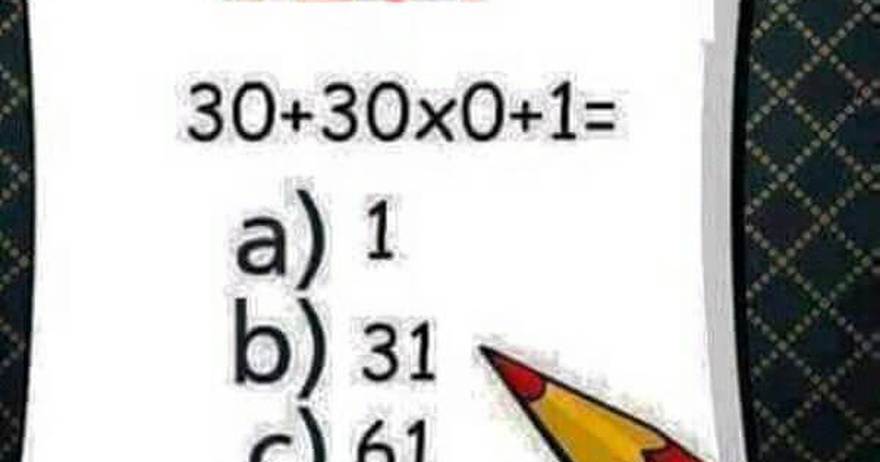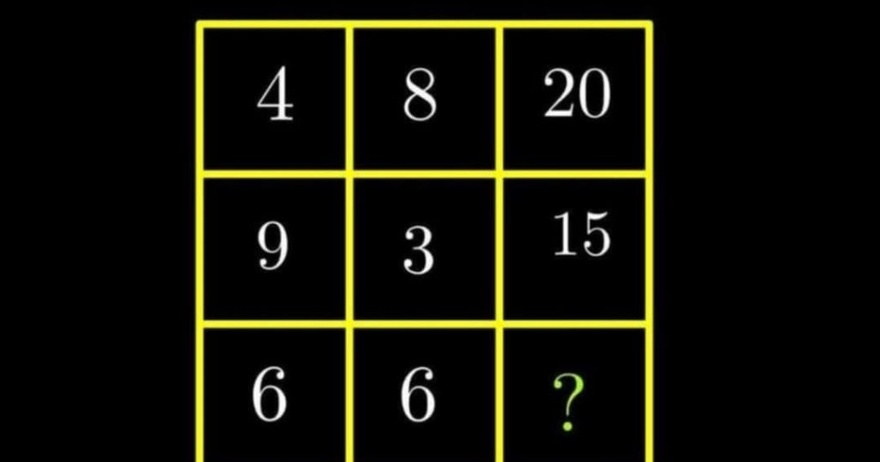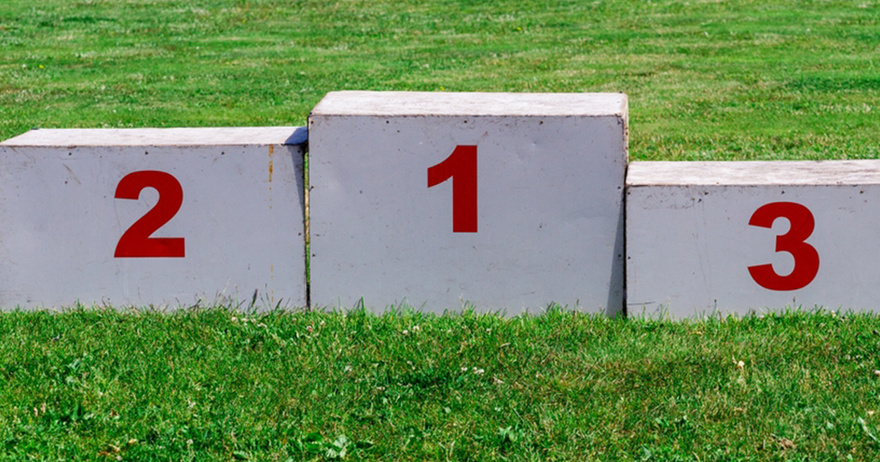Math puzzles are a great way to challenge your brain and sharpen your problem-solving skills. Here’s a simple yet tricky equation that often stumps people:
30 + 30 × 0 + 1 = ?
It looks easy, right? But don’t be fooled! The key to solving it lies in the order of operations. Take a moment, work it out, and see if you can get the correct answer.
Why This Math Puzzle Confuses So Many People
At first glance, many people miscalculate this equation because they don’t follow the correct rules of arithmetic. Let’s explore the common mistakes and why they happen.
Ignoring the Order of Operations
One of the most common errors is treating the equation as a simple left-to-right problem. People often start adding numbers before handling multiplication, which leads to an incorrect result.
Adding Before Multiplying
Many assume that since 30 and 30 are written next to each other, they should be added first. This mistake results in:
30 + 30 = 60
60 × 0 = 0
0 + 1 = 1
But is 1 really the right answer? No! The mistake here is failing to apply the correct order of operations.
How to Solve the Puzzle Correctly
To get the right answer, we need to follow PEMDAS, which stands for:
-Parentheses
-Exponents
-Multiplication and Division (from left to right)
-Addition and Subtraction (from left to right)
Now, let’s apply this rule to our equation step by step.
Step 1: Handle Multiplication First
According to PEMDAS, multiplication comes before addition.
The equation is: 30 + 30 × 0 + 1
Solve 30 × 0 first. Since anything multiplied by zero is zero, this simplifies to:30 + 0 + 1
Step 2: Solve the Addition
Now, add 30 + 0, which equals 30.
Then, add 30 + 1, which equals 31.

Thus, the correct answer is 31.
Why Following the Order of Operations Matters
This problem may seem straightforward, but it highlights an essential principle of mathematics. If you don’t apply the correct order of operations, you’ll end up with the wrong answer.
Real-Life Applications of the Order of Operations
Understanding this rule isn’t just useful for solving puzzles—it applies in real-life scenarios, such as:
-Calculating expenses and taxes
-Engineering and programming
-Science and data analysis
Did You Get It Right? Share Your Answer!

So, the correct answer to this puzzle is 31. Did you figure it out on your first try? Or did the tricky wording catch you off guard?
Share your thought process in the comments and challenge your friends to see if they can solve it too. If you enjoyed this puzzle, keep going—math challenges like these are an excellent way to boost your logical thinking skills!






























